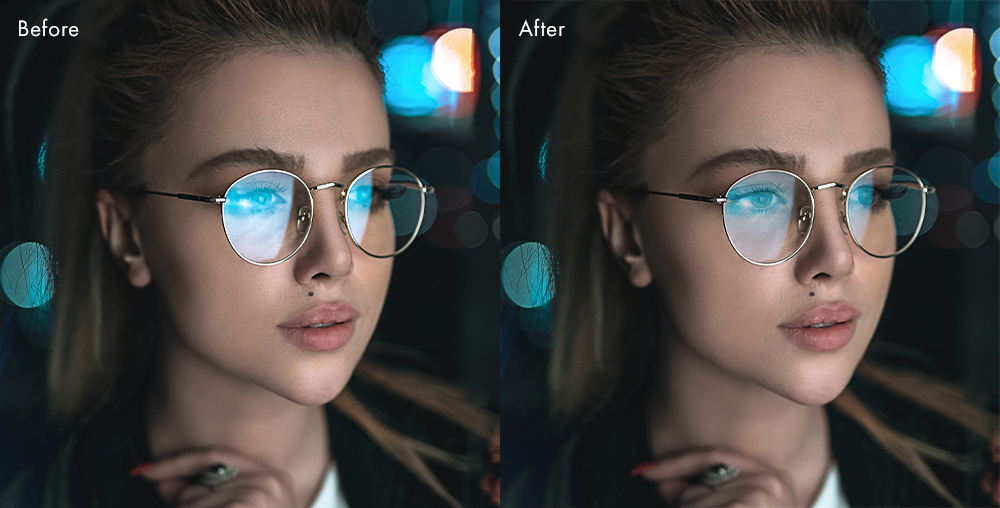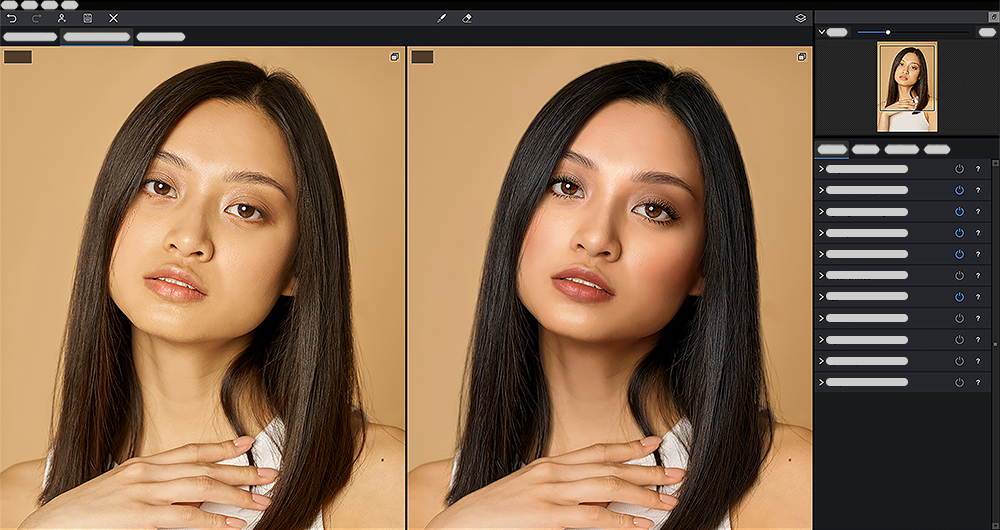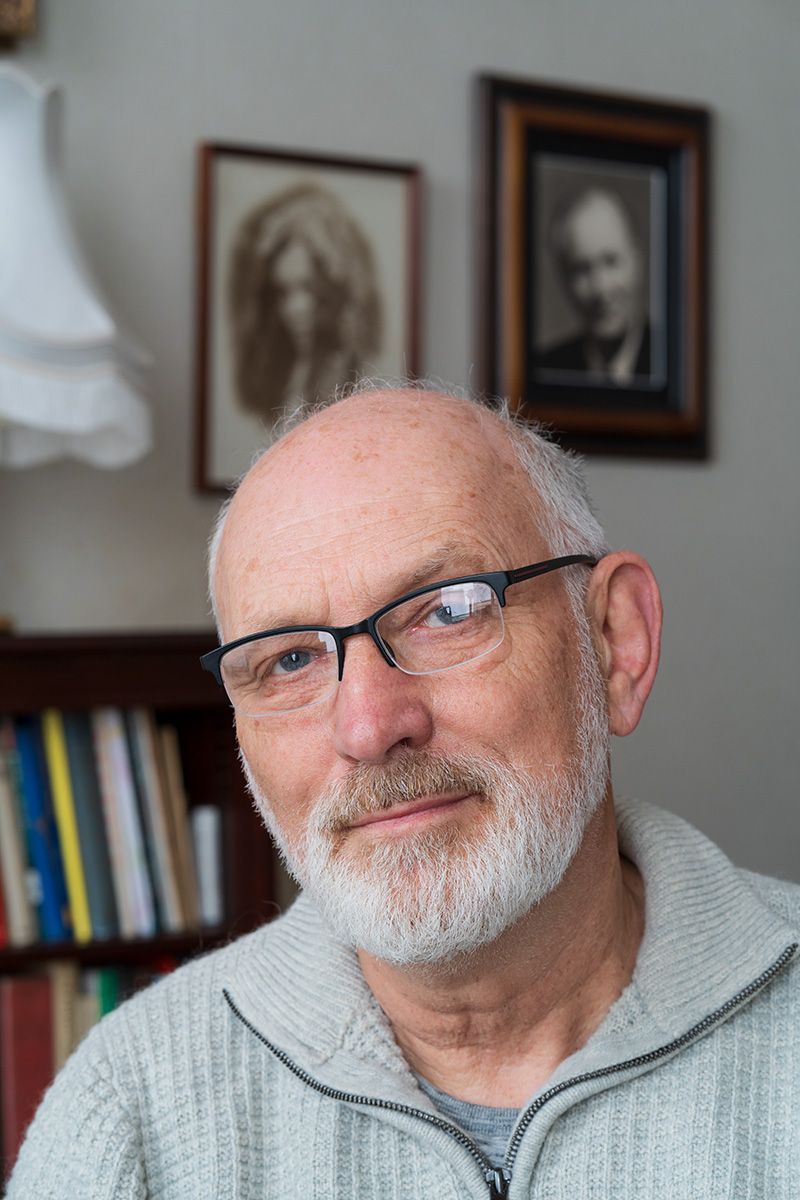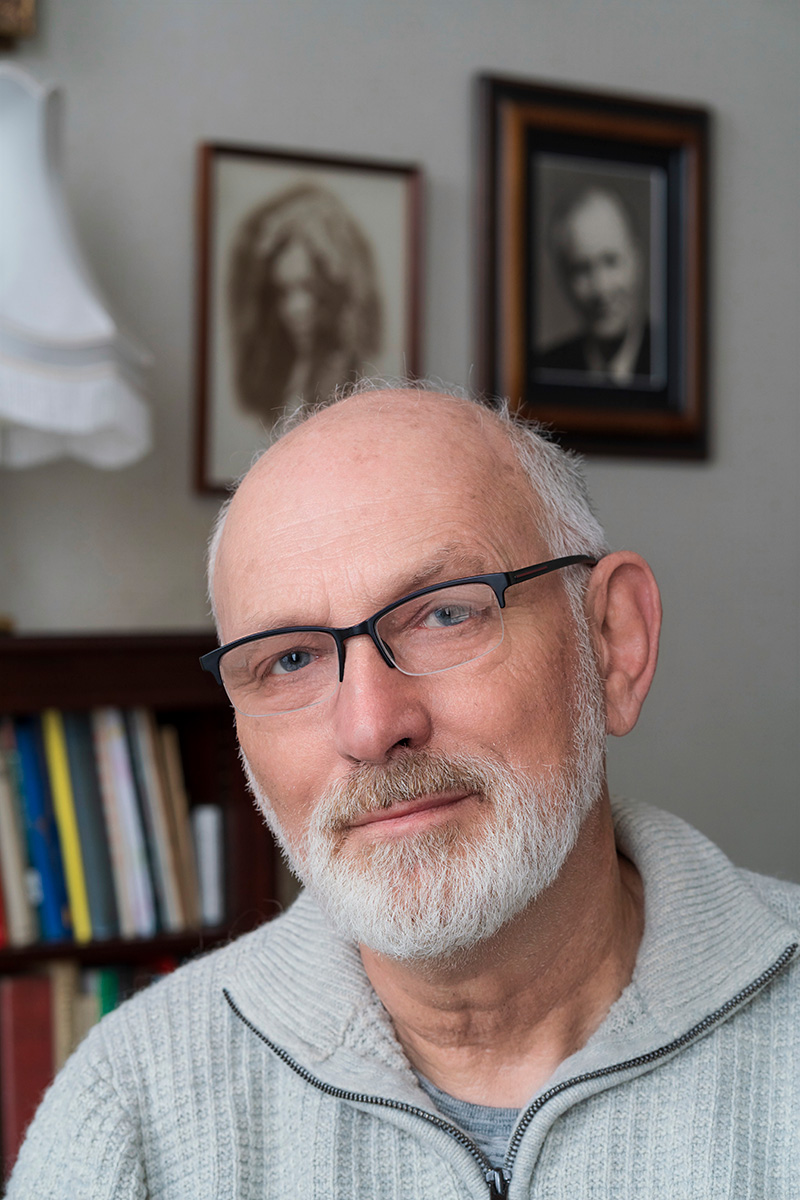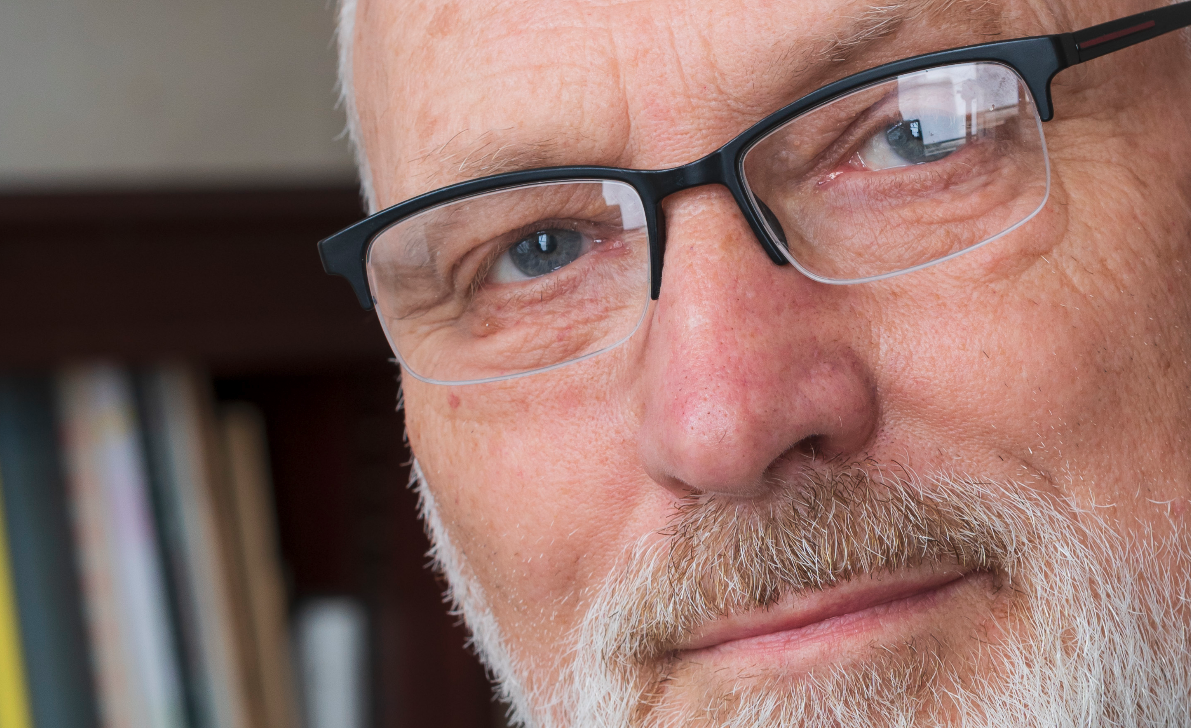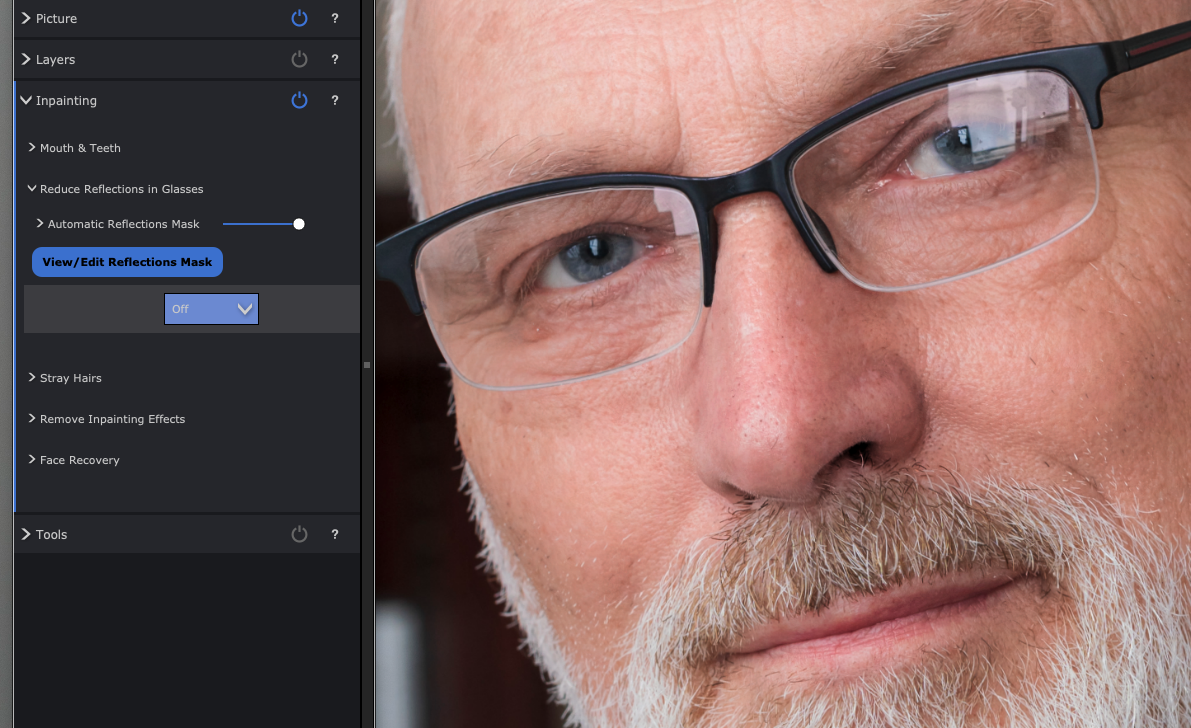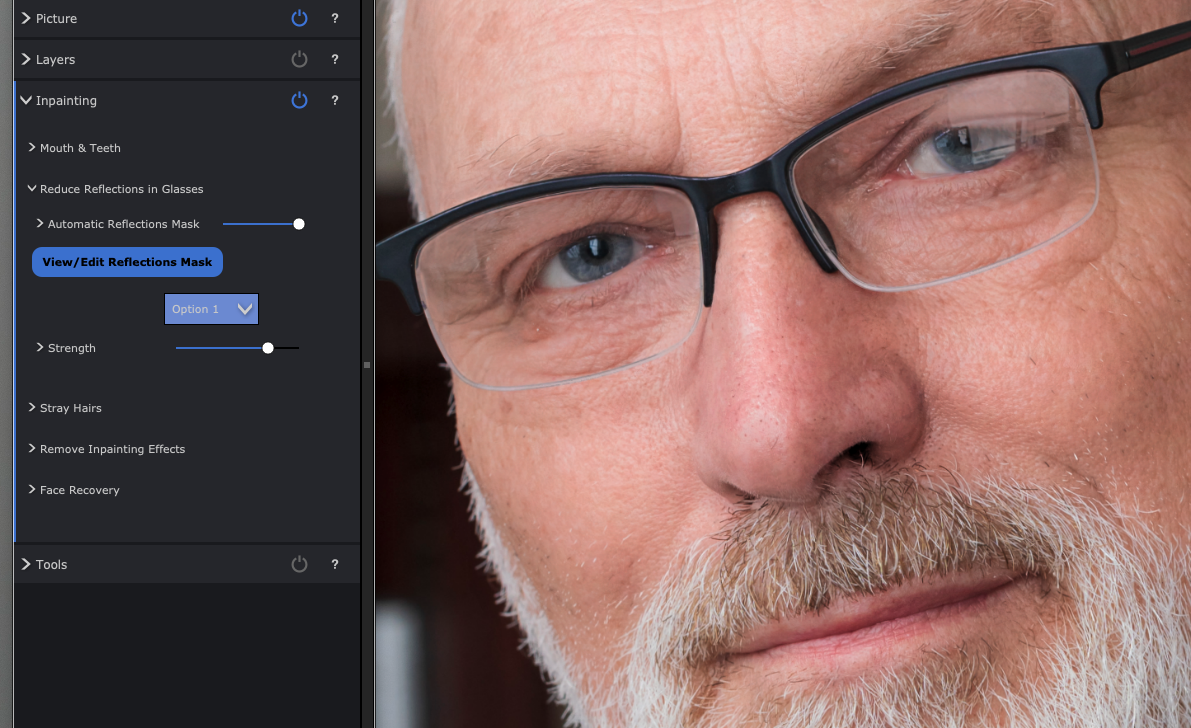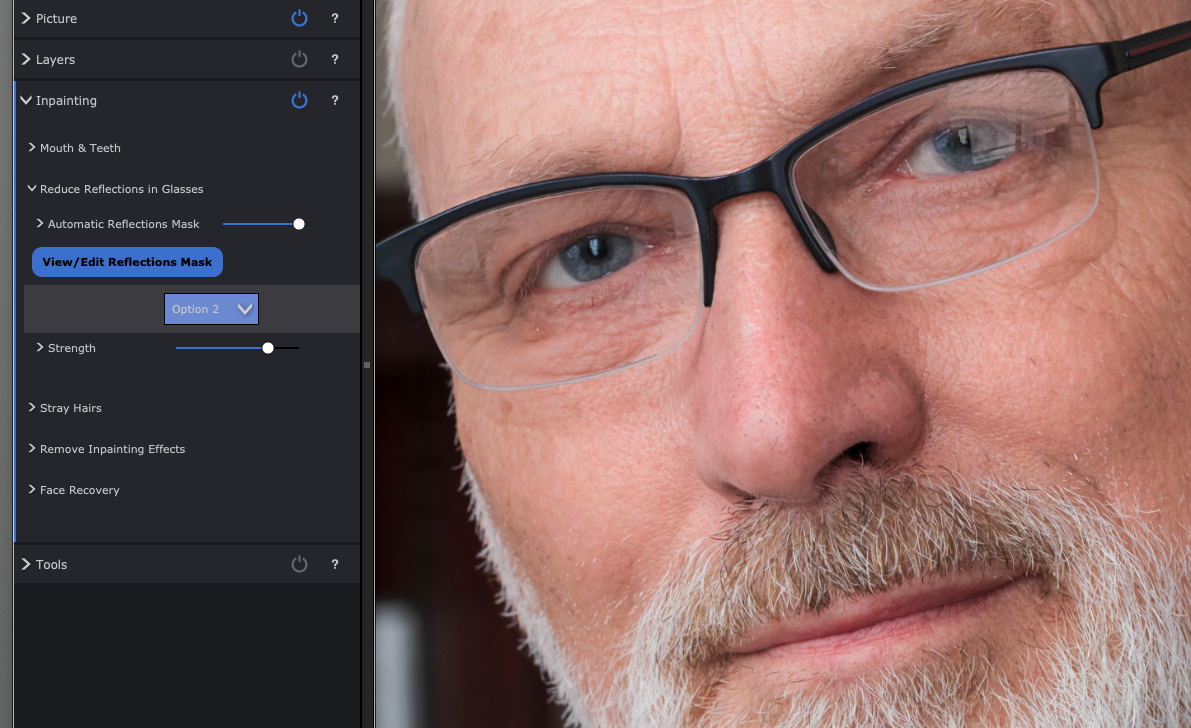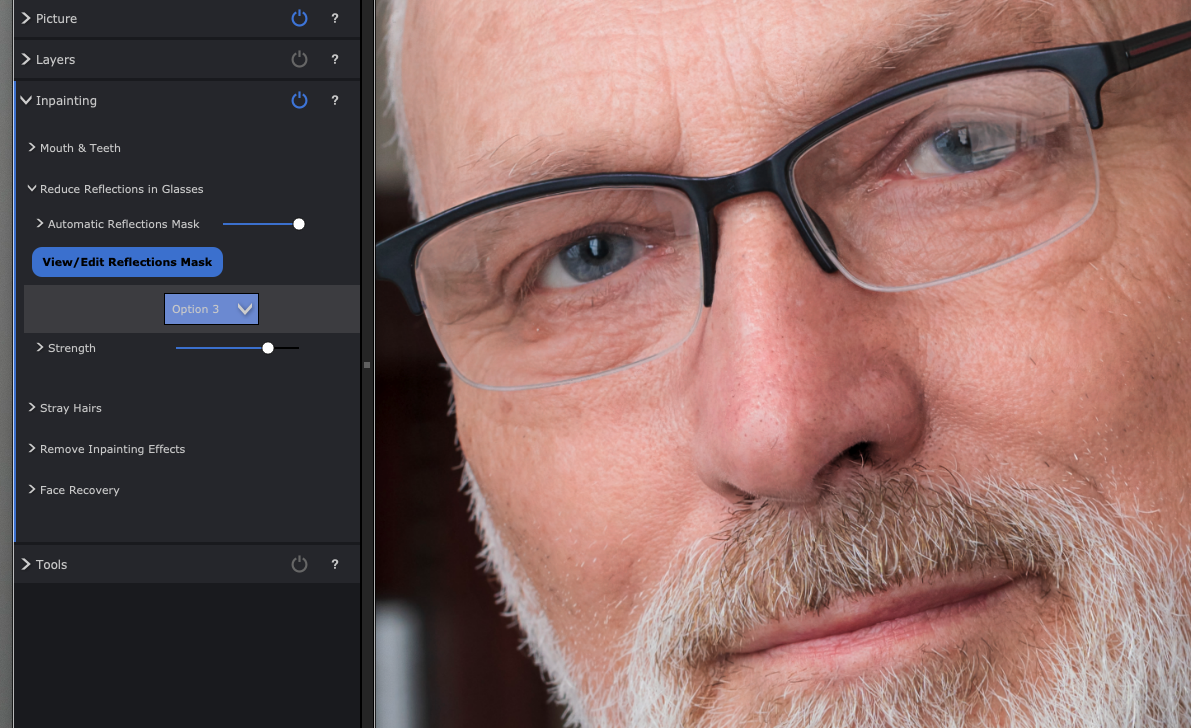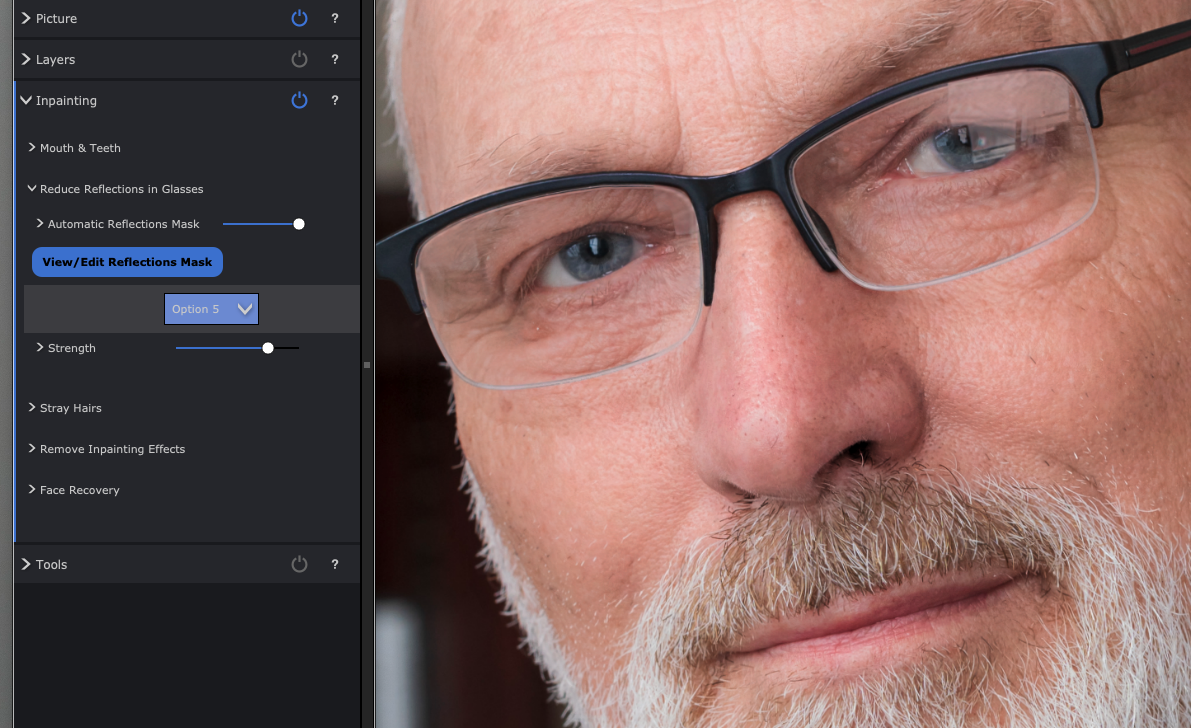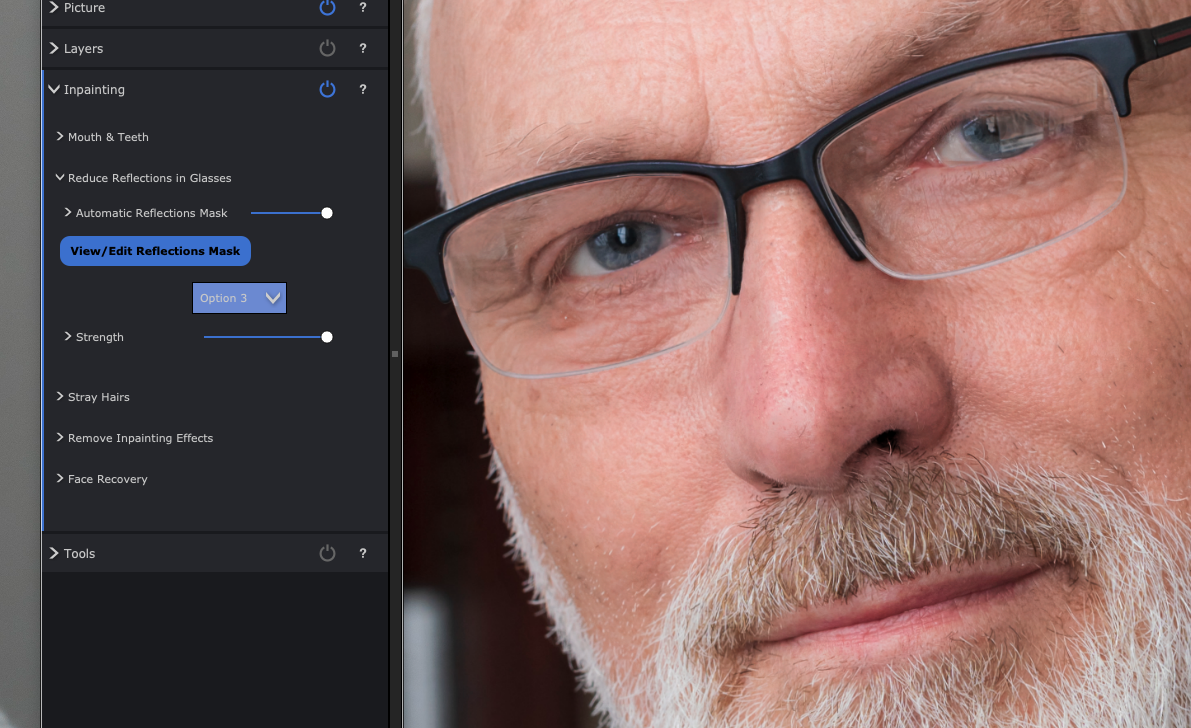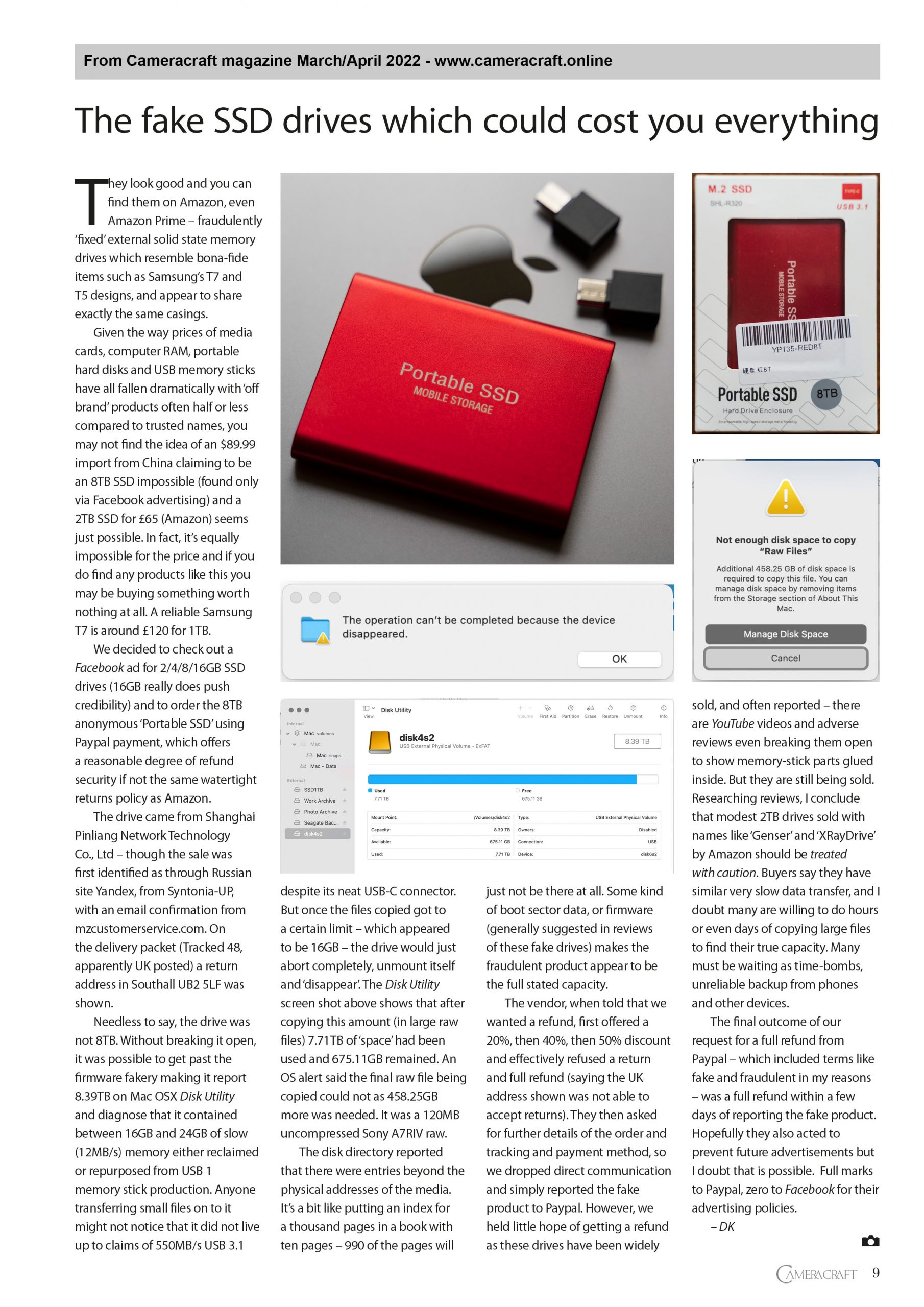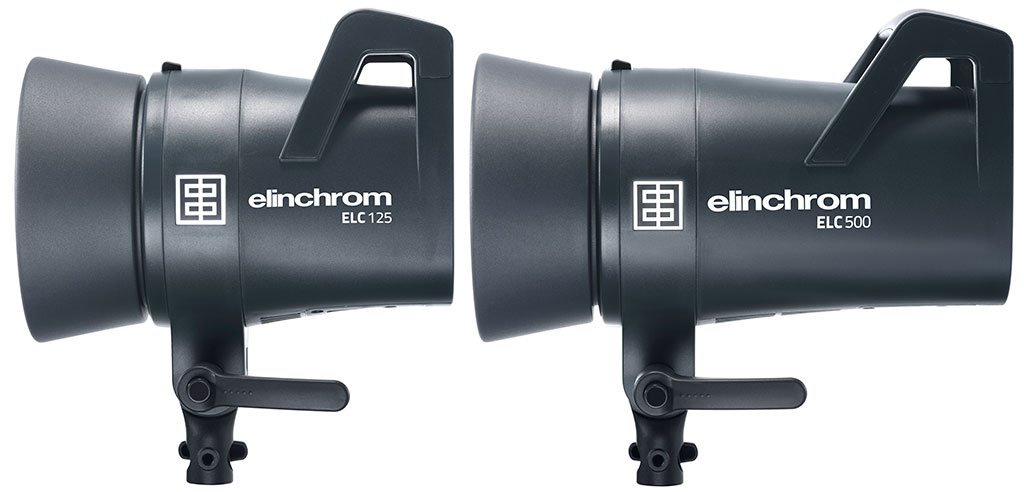Fujfilm GFX100RF 102MP medium format rangefinder style fixed lens available from April 7th
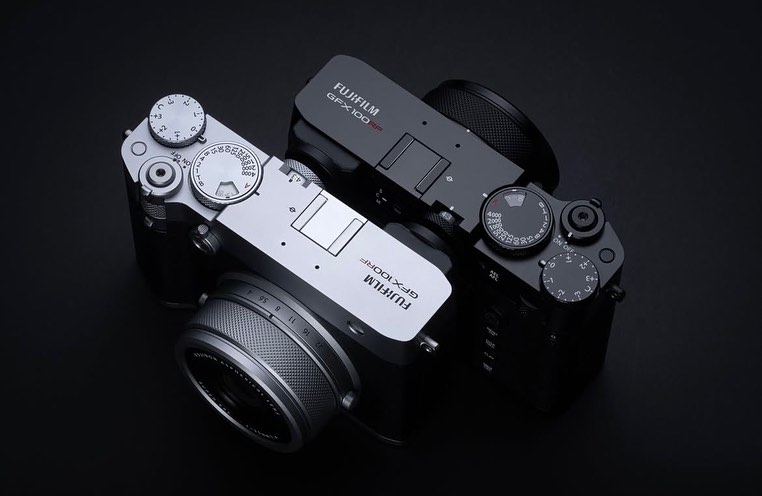
Anyone remember the Fujfilm GS645W, that robust go-anywhere 120 rollfilm leaf shutter rangefinder with a 45mm f/5.6 wide-angle lens, or its electronic GA645W with faster f/4? Well, in a slightly different body form the medium format digital GFX series is revisiting this amazingly popular minority choice for landscape, travel and everyday use.
The GFX100RF is the first fixed-lens digital camera in the GFX Series, equipped with the 102-megapixel high-speed sensor ‘GFX 102MP CMOS II’ and the latest high-speed image processing engine ‘X-Processor 5.’ By thoroughly reviewing the design of both the lens and the body, it achieves a weight of approximately 735g making it the lightest in the GFX Series despite being a fixed-lens camera.  • Achieving the lightest weight in the history of the GFX Series, the GFX100RF weighs approximately 735g. To achieve significant reduction in size and weight, Fujifilm developed a new lens and thoroughly revised and optimized the internal structure of the camera body. As a result, despite being a fixed-lens digital camera, it is significantly lighter than the previous lightest model in the GFX Series, the GFX50R, which weighs 775g (body only). • The GFX100RF is equipped with a 102-megapixel large format sensor and high-speed image processing engine. With a newly developed lens and advanced color reproduction technology, it achieves the exceptional image quality that the GFX Series is known for. The ‘GFX 102MP CMOS II’ sensor, with improved pixel structure and microlenses, offers a wide dynamic range, low-noise shooting, enhanced edge quality, and improved AF accuracy, allowing you to enjoy the extraordinary high image quality that the GFX Series proudly delivers. • For the first time in our digital cameras, the top plate of the camera is manufactured using precision-machined aluminium. This meticulous machining extends to the lens ring, dials, bottom plate, and other details, enhancing the feel of the metal and unifying the design. This results in a sophisticated design that highlights the presence of the camera body and dials, befitting a premium model.  • The camera features a first-ever Aspect Ratio Dial on the top rear. This allows for easy switching between nine aspect ratios for stills and video including new ‘3:4′ and ’17:6’ ratios.  • To make the digital teleconverter function, which utilizes the 102-megapixel high-resolution sensor, even more user-friendly, a Digital Teleconverter Lever is mounted on the front of the camera. This lever allows you to quickly and intuitively select the desired angle of view. Designed with a 35mm focal length (equivalent to 28mm in 35mm format), it can be switched in three field of view to 45mm (equivalent to 36mm in 35mm format), 63mm (equivalent to 50mm in 35mm format), and 80mm (equivalent to 63mm in 35mm format), providing flexibility to accommodate various shooting scenes. • A new 3.15-inch, 2.1 million-dot, two-axis tilt LCD monitor features a new user interface (UI) that optimally aligns shooting icons to match the monitor’s 3:2 aspect ratio. A new surround view function has been added, displaying areas outside the shooting frame in a semi-transparent or line format according to the aspect ratio. This function can be easily switched using a lever while looking through the viewfinder, providing an OVF-like experience even with an EVF, allowing you to be aware of what’s happening outside the frame.  • Fujifilm have newly developed a dedicated 35mm f/4 lens for the GFX100RF. A leaf shutter instead of focal-plane has allowed shortened the back focus and extra space for the advanced lens design without making it very deep. • The 35mm focal length (equivalent to 28mm in 35mm format) is suitable for a wide range of scenes, including landscapes, travel, snapshots, and portraits. The 102MP sensor allows a wide range of crops from the frame, with just 1/10th of the image area being needed for the best quality A4 repro. • The 10 elements in 8 groups lens configuration, which includes two aspherical lenses, reduces spherical aberration and field curvature, delivering high resolution performance. A newly developed Nano GI coating, optimized for lenses with significant curvature, suppresses light reflection even at the periphery of the lens. This ensures the exceptional resolution performance worthy of the GFX Series. • Focusing is to just 20 cm from the lens front. Despite being a large format camera, its compact and lightweight body design allows you to get close to your subject and enjoy photography freely. • For the first time in the GFX Series, the camera is equipped with a built-in 4-stop ND filter. This is useful for shooting with a wide aperture in bright environments or for slow shutter speed photography. • The leaf shutter up to 1/4000s allows flash photography at any shutter speed, providing greater flexibility in shutter speed and expanding creative possibilities, even for outdoor daytime shooting. • With high-speed, high-precision autofocus and 4K/30P video capability, GFX100RF delivers outstanding performance across a wide range of scenarios. • GFX100RF features an evolved AF prediction function and face/eye detection AF thanks to an improved algorithm. Additionally, the AI subject detection AF uses deep learning technology to recognize a wide variety of subjects including animals, vehicles, birds, and airplanes. For video recording, the tracking AF function has been enhanced, allowing easy subject tracking with touch operation. Whether for still images or videos, GFX100RF delivers high-tracking performance, ensuring a comfortable shooting experience. • GFX100RF incorporates a 0.84x magnification and 5.76 million-dot high-resolution EVF. When using the viewfinder, it minimises image blurring and distortion caused by eye misalignment, ensuring high visibility. • GFX100RF supports smooth 4K/30P 4:2:2 10-bit video recording. With a standard ISO setting of 100, it allows for wide dynamic range and low-noise shooting. The ‘F-Log2’ with over 13 stops provides rich gradation expression and high flexibility in post-production. • Compatible with the Frame.io Camera to Cloud service. Video and still image files can be uploaded directly to Frame.io, dramatically speeding up the workflow from shooting to editing.5)Bundled accessories that combine practicality with sophisticated design, further enhancing the product’s appeal.  • The package includes a protector filter PRF-49 and a precision-machined aluminium lens hood with dedicated adapter ring, and a rope-type shoulder strap. .. |
| Further product information can be found at: https://fujifilm-x.com/en-gb/products/x-series/ |



